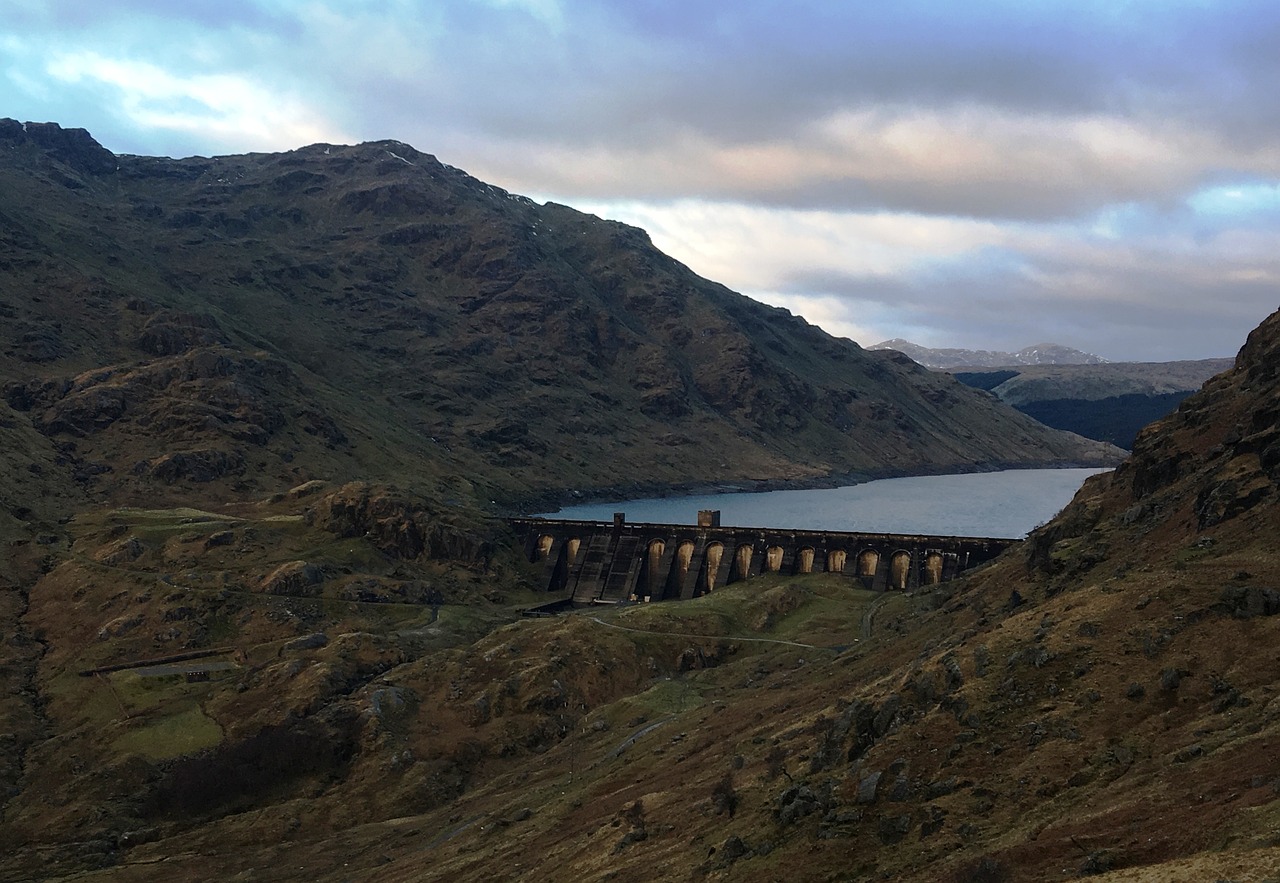However, producing power this way is by its nature inconsistent and consequently we have seen a growth in demand for battery storage to help balance disparity between supply and demand.
This has resulted in a rekindling of interest in pumped-storage hydro, where water is held in an upper reservoir to be released via a turbine to a lower reservoir, creating instant generation in times of peak demand. The water is then pumped back to the upper reservoir when generation outstrips demand and electricity is cheap. In effect it’s a rechargeable battery powered by water.
At present there are at least six pumped-storage hydro schemes under development in Scotland which if they become operational would more than double the UK’s pumped storage capacity to around 8GW, though none of these has reached construction phase yet.
Galbraith has been closely involved in a number of these schemes, principally providing advice to landowners upon whose land it is intended to construct these assets, regarding financial and other arrangements.
Of course, such developments are not without their detractors. There are concerns about the environmental drawbacks arising from the construction of these huge infrastructure projects in places which are generally remote and unspoiled.
Whilst many construction scars will heal over time, the transfer of water between one loch and another creates a ‘drawdown zone’ where areas at the edge of a body of water are frequently exposed, which may be considered unsightly.
Furthermore, there are ecological concerns. For example, the Ness District Fishery Board are voicing their concerns regarding Loch Ness, the UK’s largest water body by volume. Containing more than all English and Welsh lakes combined, the loch is currently the subject of three proposed developments that are feared will have an impact upon salmon, wild salmon having been declared an endangered species.
Until now economics have precluded development of schemes of this type and scale since the days of the Hydro Electric Board and the post-war surge of hydro development in an effort to ‘light up the glens’. But the need to have dynamic renewable generation at scale has rekindled interest in this particular technology resulting in a new ‘gold rush’ to develop this huge source of instant power generation.
- To read the latest news and views from our experts in Energy Matters | Winter edition 2023/24

